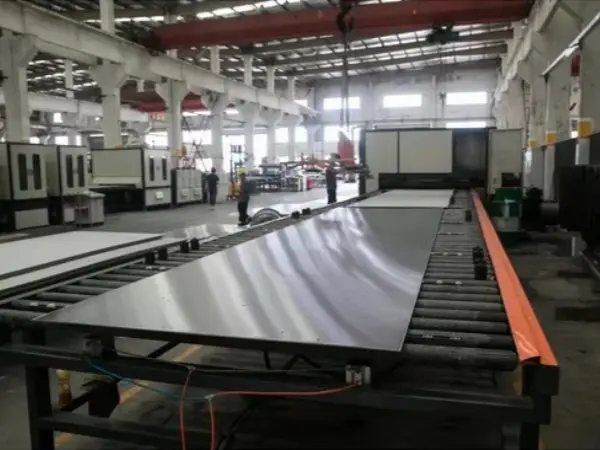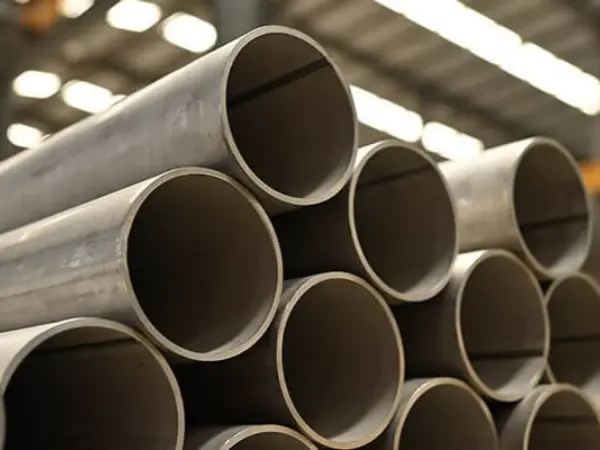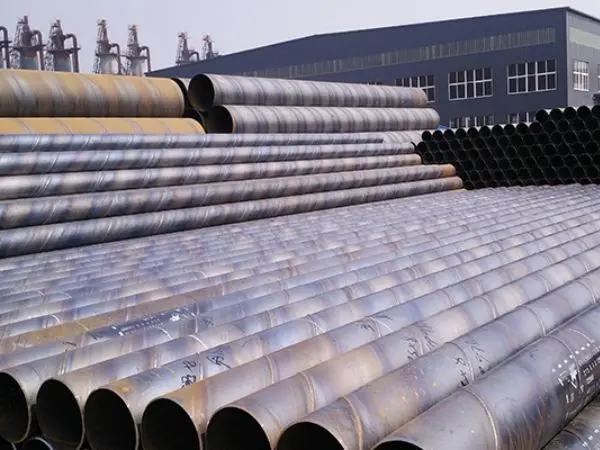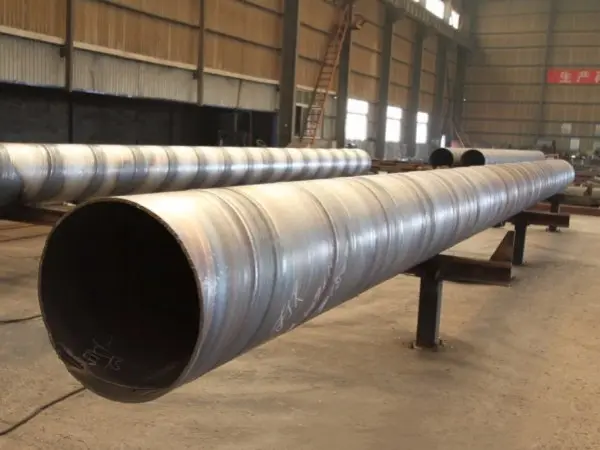- Phone0086 731 8564 8255
- E-mailsales@cscsteel-manufacturing.com
-

Thick-walled welded steel pipes, made from precipitation-strengthened nickel-based high-temperature alloys, exhibit excellent mechanical and corrosion-resistant properties at elevated temperatures. These alloys, similar in composition to the former Soviet Union's 3M929 alloy, benefit from both solid solution strengthening and the precipitation ofγ' phases. As a result, they demonstrate outstanding oxidation resistance, hot corrosion resistance, yield strength, tensile strength, and creep strength in harsh high-temperature environments. Such properties make them ideal for critical components like turbine blades in aircraft engines.
Due to the alloy's narrow hot working temperature window and its poor formability, hot forging processes are prone to issues such as microstructural instability and cracking, leading to a high rejection rate. Therefore, investigating the alloy's thermal deformation behavior under various conditions is essential for optimizing processing parameters and improving the quality of forged products.
Continental Steel Co., Ltd is professional welded steel pipes manufacturer, for more details, please contact:sales@cscsteel-manufacturing.com
Experimental Overview
To explore the thermal deformation characteristics of the material, isothermal compression tests were performed on hot-rolled bars of thick-walled welded steel pipes using a Gleeble-1500 thermal simulation testing machine. The initial microstructure primarily consisted of equiaxed grains with sizes ranging from 10 to 30μm. Test specimens were machined into cylinders (Φ8 mm×12 mm) with shallow lubricant grooves on both ends.
The deformation parameters were as follows:
Deformation temperatures: 1090°C, 1120°C, 1150°C, 1180°C
Strain rates: 0.1 s⁻¹, 1 s⁻¹, 10 s⁻¹, and 50 s⁻¹
Maximum true strain: ~60%
The testing machine recorded real-time data on displacement, load, stress, and strain. After deformation, the specimens were rapidly water-cooled, longitudinally sectioned, and prepared for metallographic observation through standard grinding, polishing, and etching with a CuSO₄–H₂SO₄–HCl–H₂O solution. A metallographic microscope was used to observe microstructural changes.
Key Findings
Flow Behavior and Dynamic Recrystallization
Under all deformation conditions, the alloy exhibited flow softening as strain increased, primarily due to dynamic recrystallization. Lower strain rates resulted in reduced peak stress and smaller critical strain values, confirming that deformation conditions significantly influence softening mechanisms.
Constitutive Equation Development
A constitutive model describing the high-temperature deformation behavior of the thick-walled welded steel pipe was developed based on experimental data. The model predictions closely matched the test results, with a relative error of less than 8%, indicating high accuracy in capturing the alloy's flow characteristics.
Microstructure Evolution
Effect of Temperature: Higher deformation temperatures led to more pronounced dynamic recrystallization, resulting in coarser but more uniform grains.
Effect of Strain Rate: Grain size initially decreased with increasing strain rate, reaching a minimum at 1 s⁻¹, before increasing again at higher rates. The finest and most uniform grain structures were observed at 1 s⁻¹, suggesting this as an optimal rate for balancing grain refinement and structural stability.
Conclusion
The study provides valuable insights into the thermal deformation behavior and microstructural evolution of thick-walled welded steel pipes. Understanding how temperature and strain rate affect flow stress and microstructure not only supports the development of more accurate constitutive models but also guides the optimization of forging processes to reduce defect rates and improve material performance in high-temperature applications.




